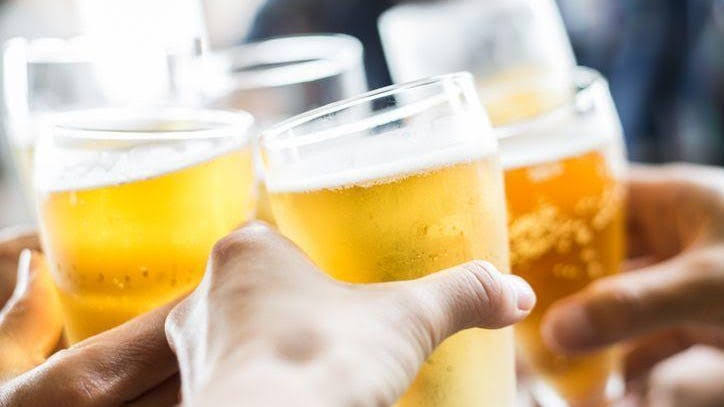Beer and wine have been enjoyed by humans for millennia, yet scientists continue to uncover how these beverages influence our bodies, taste sensations, and even gut health. Recent research published in the Journal of Agricultural and Food Chemistry highlights four intriguing discoveries.
Sulfites, common preservatives in wine, help maintain freshness and prevent bacterial growth. But could they also affect gut bacteria? A team in Spain, led by Edgard Relaño de la Guía, studied this using a lab model of human digestion.
They found that sulfites alone can reduce the number of beneficial gut bacteria. However, when consumed as part of real wine, which contains protective plant compounds called polyphenols, the effect is significantly less pronounced. This suggests that wine’s natural ingredients may buffer any negative impact on gut health.
That signature dry, puckering feeling in red wine comes from compounds known as tannins. Research by Damian Espinase Nandorfy and colleagues shows that tannins can temporarily block tiny water channels in the mouth and tongue. This reduces saliva production, creating the astringent sensation familiar to wine enthusiasts.
A Quick Test for Gluten in Beer
For those with celiac disease or gluten sensitivity, determining whether a drink is safe can be challenging. Scientists in Taiwan have developed a fast, portable test that detects gluten in beer or food in under three minutes. Their study found the test to be about 98% accurate, offering a convenient tool for people to check drinks anywhere.
Why Beer Gets Hazy
Hazy beers have surged in popularity, but most consumers don’t know why they appear cloudy. A recent study found that RNA from yeast binds with proteins in beer, forming microscopic particles that scatter light and create the haze. This discovery could help brewers control a beer’s clarity naturally.
From gut health to taste sensations and visual appeal, these studies show that even the oldest human beverages still hold surprises. The chemistry behind beer and wine continues to reveal new ways these drinks connect with our bodies and senses.










